The neuropsychologists at Ítaca Psicología y Lenguaje, Pilar Luque and Rocío Ruiz, explain in this article how they work on social cognition in children with NeuronUP.
Social cognition
It refers to the set of mental operations that underlie social interactions, emphasizing the ability to perceive, interpret, and generate responses to the intentions, emotions, tendencies, and behaviors of others. Social cognition in children enables them to understand others’ emotions, thoughts, intentions, and social behaviors. In social interactions, knowing what other people think and feel can provide a huge advantage for navigating that context.
Areas and functions of social cognition
The areas and functions we find within what we categorize as social cognition are:
- Emotional processing, that is, how we perceive and recognize emotions. For example, the basic emotions according to the faces we see.
- Theory of mind, also called cognitive empathy. It involves making inferences about mental states.
- Social perception, which consists of the evaluation we make of social stimuli.
- The attributional style, which is the ability to make positive or negative evaluations of a particular event or situation (Ruiz, Garcia & Fuentes, 2006).
Importance of the frontal lobe
For explanatory and functional purposes, in our brain we can locate social cognition as one of the functions of the frontal lobe. This lobe is composed of the orbital, medial, and dorsolateral areas. It is where the executive functions and various aspects of human behavior are located. From this area, psychological processes are planned, controlled, and regulated. Likewise, processes can be coordinated and selected and different options chosen, regarding the different possible behaviors for solving the same problem.
We can locate in this system the influence of motivations and interests for reaching a given goal. In other words, the integrative system of the frontal lobe is where we can find the complex forms of the human being, their thoughts and behaviors (Lázaro & Solís, 2008).
The frontal lobe can be considered the “executive center of the brain”, so an alteration in this system or its dysfunction has major consequences for behavior, emotion regulation, and metacognition. That is, executive functions are altered or diminished (planning, behavioral control, mental flexibility, working memory, mentalization, fluency, social behavior, and social cognition).
Social cognition in children’s lives
Given the importance of social cognition in our lives, it is essential to provide children with a space where they are taught through play to identify, express, and properly manage their emotions. In this way, they gradually incorporate resources that they can generalize to situations in their everyday life.
A child who has grown up with a solid foundation in emotional education and social perception will have greater self-knowledge, improved emotion management, and increased empathy. They will also be more assertive, with good social skills and successful conflict-resolution abilities.
Ultimately, social cognition is responsible for determining how we face each situation that arises in our lives. That is why it plays a fundamental role, especially in children’s lives. It is also crucial that they understand early on the importance of knowing, identifying, and managing these aspects that are essential for all of us.
Planning and tools to work on social cognition in children
At Ítaca Psicología y Lenguaje, we work on this important aspect of life in various ways depending on the child’s age. Thanks to NeuronUP, we can facilitate understanding and learning in the little ones.
NeuronUP activities to work on social cognition in children
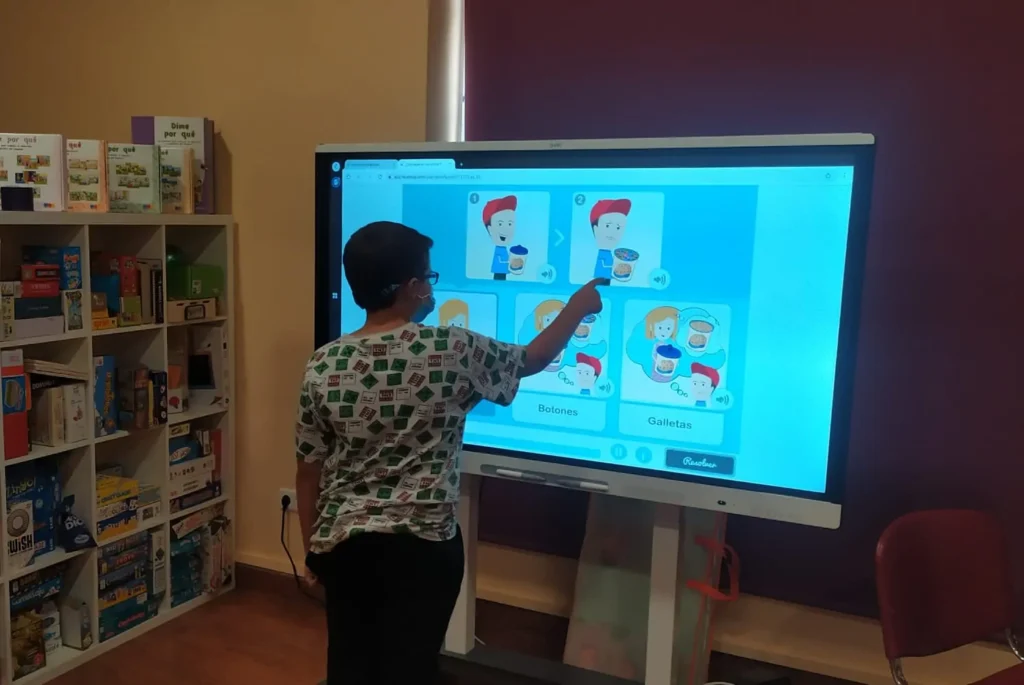
Activities such as “Find the same emotion” for children who have not yet acquired reading skills are essential to begin acquiring emotional vocabulary and knowledge. These are necessary to make the child aware of the different sensations they may feel depending on the emotion present.
In this activity, there is a model image and the goal is to find, among several options, another image that represents the same emotion as the model. Thus, besides acquiring the concepts of same/different, we learn to name different facial expressions. We can also practice this with children in front of a mirror so they can imitate and see their own expressions.
For older children with difficulties in social skills, the activities What do they Expect to Find? and What do they Believe other People Think? help them reflect on the different opinions people may have in the same situation. These activities work on first- and second-order false belief tasks, which are essential to achieve an adequate theory of mind.
Theory of mind
It is the ability to attribute mental states to others and to oneself. According to Astington (1993), the child’s discovery of the mind refers to becoming aware that people, including themselves, have minds. Furthermore, within the states or elements of that mind we can find beliefs, feelings, and thoughts, within which they carry out their actions.
Within theory of mind, we find:
First-order false belief task
Also known as the unexpected transfer task (Wimmer and Perner, 1983). It consists of understanding that the character’s representation is false with respect to a real situation.
This ability refers to the capacity to detect when someone is deceived, that is, to realize that the character in the story holds a false belief about the situation. The act of realizing that someone has been deceived produces the ability to differentiate between one’s own and others’ mental states. In addition, it leads to awareness that organisms other than oneself have belief mental states. According to studies that investigate this phenomenon, this task is typically learned around age 4.
With NeuronUP, we can work on the first-order false belief task with the activity “What do they Expect to Find?”, since it presents described scenes where a character finds something unexpected and subsequently performs the same action. Here the child is asked what they think the first character believes the second one will find. This encourages the child to reflect and put themselves in the place of both characters in a differentiated way.
Second-order false belief task
On the other hand, there is the second-order false belief task (Sullivan et al., 1994). Like the first-order tasks, these require the ability to understand a false belief. However, while the first refers to a lived situation, the second involves the skill of guessing one person’s mental state in the story. Therefore, the second-order false belief task shows children’s ability to consider that people can think about others’ thoughts, an essential aspect for establishing social relationships.
The activity “What do they Believe other People Think?” is similar to the one described above, but with the objective of having children reflect on one character’s thoughts regarding what they believe the other character in the story thinks.
Conclusion
In summary, these exercises demonstrate how, in addition to the visual appeal of NeuronUP activities, they are easily applicable to real situations. At Ítaca we use these exercises to ask the child about similar situations in their daily life and generalize the work so that it acquires ecological validity and serves as learning they can apply to their everyday life.
Referencias
Lázaro, J. C. F., & Solís, F. O. (2008). Neuropsicología de lóbulos frontales, funciones ejecutivas y conducta humana. Revista neuropsicología, neuropsiquiatría y neurociencias, 8(1), 47-58.
Astington, JW (1993). El descubrimiento de la mente por parte del niño (Vol. 31). Prensa de la Universidad de Harvard.
Wimmer, H. y Perner, J. (1983). Creencias sobre creencias: representación y función restrictiva de creencias erróneas en la comprensión del engaño de los niños pequeños. Cognición , 13 (1), 103-128.
If you enjoyed this post about social cognition in children and how we work on it with NeuronUP, we recommend you take a look at these posts:
“This article has been translated. Link to the original article in Spanish:”
La cognición social en niños y cómo la trabajamos con NeuronUP
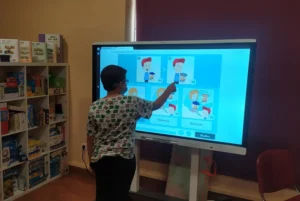
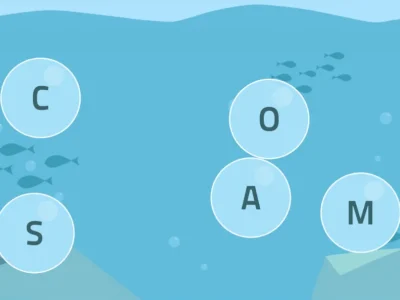
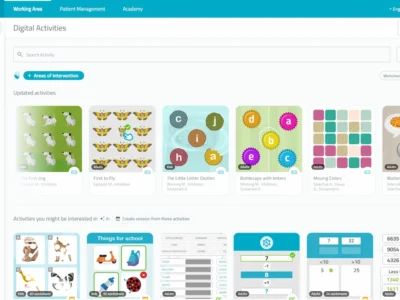
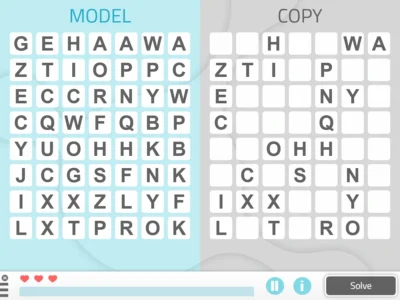

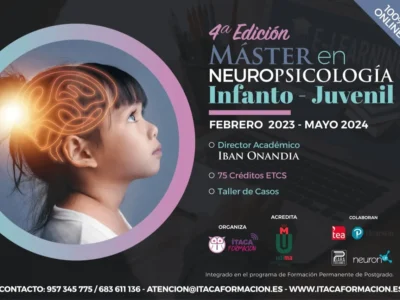
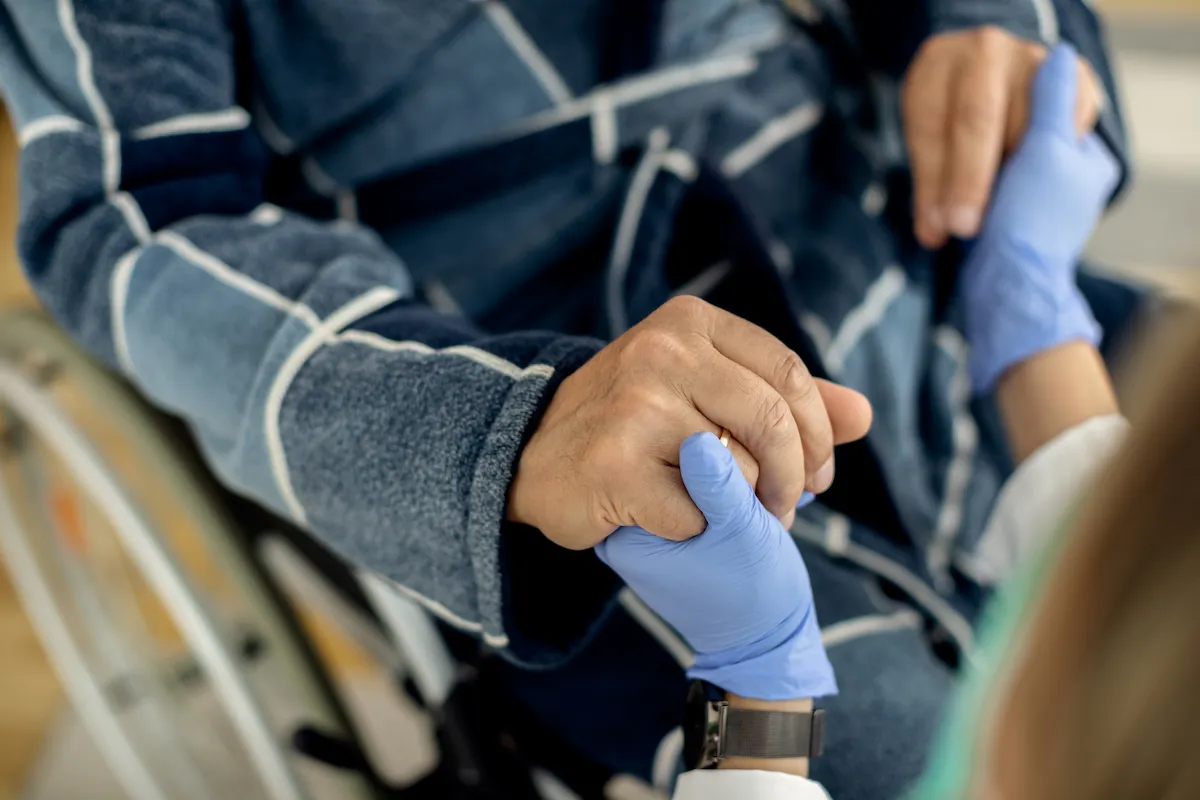
 Cognitive stimulation at school: the case of Salesianos Los Boscos
Cognitive stimulation at school: the case of Salesianos Los Boscos
Leave a Reply